Hello,
It’s Sunday. It’s February.
You have completed the first month of the year.
Congratulations!
Next week I’ll be starting The Chapbook Factory, which as you have probably heard is a six week workshop, in which we’ll read, write, edit, discuss, print and publish chapbooks. I’m very excited to talk with everyone about traveling salesmen from the early modern period, mimeograph machines, punk fanzines, and ebooks from 2010. And I’m very excited to read the writing that everyone in the group is working on.
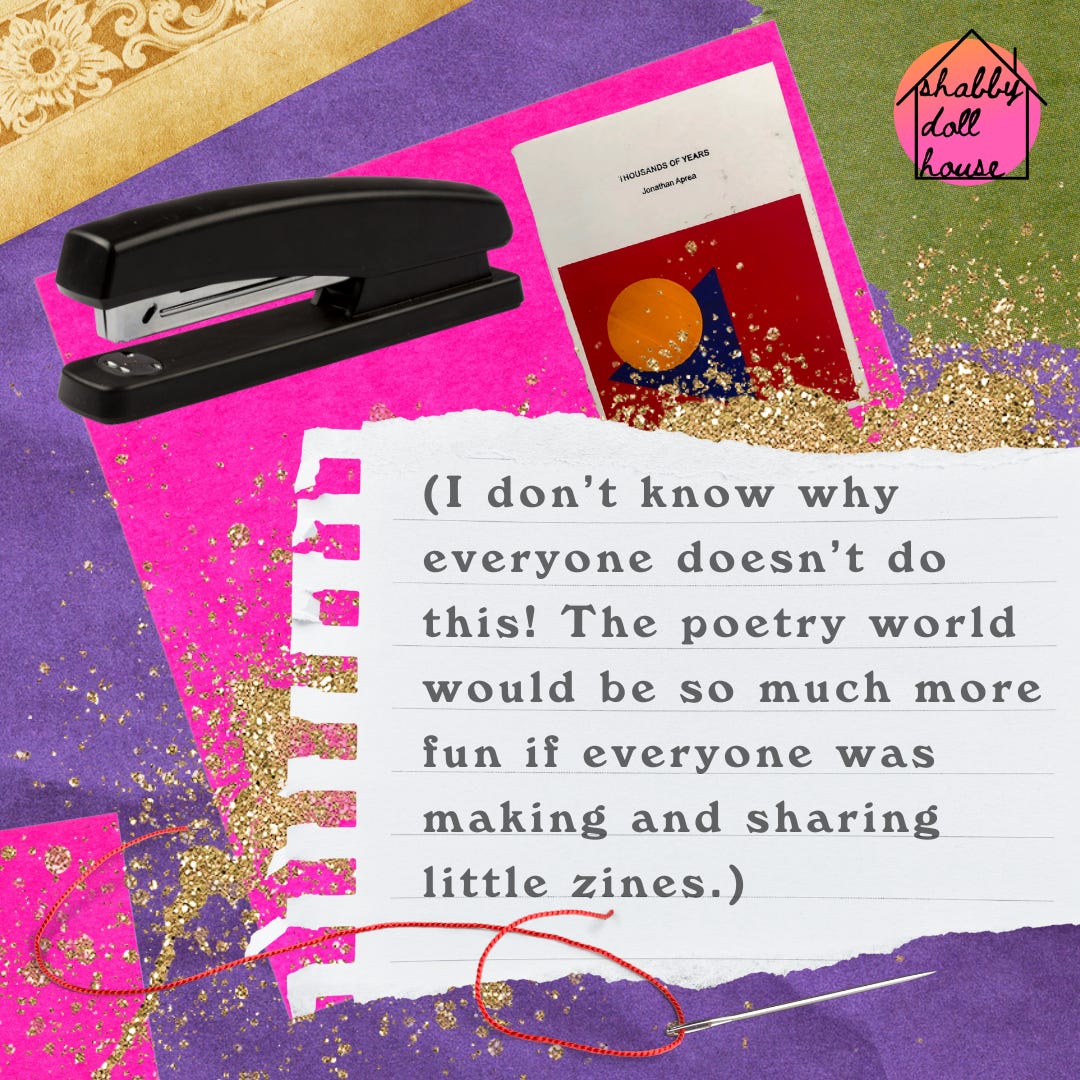
Anyway, I’ve been spending so much time thinking about chapbooks and experimenting with different ways of making them. And I thought I’d share a really simple technique with you, because it’s Sunday and maybe you're not busy and maybe you want to spend half an hour making a tiny booklet. I don’t know what your life is like! But maybe.
How to Make A One Page Chapbook
Okay, so this is really easy. You can do this in a very short period of time if you have access to a printer and a piece of A4 paper.
First, find something short that you already wrote:
Personally, I chose a short story I wrote in 2012.
I asked Oscar d’Artois, author of The Island (Shabby Doll House, 2024), to send me something he’d written recently and he sent me this:
Both of these books are around a thousand words long, which I think is about the limit for one page.
So here’s a template I made for you on Canva.
Break your text up into 6 or 7 sections, depending on how you want to use the back cover. My story was a little too long, so I let it spill over.
The top four pages of the story need to be upside down, which is why designing it on Canva is so much easier than using Microsoft Word, or whatever.
Just use this twisty little purple circle to spin the text around:
Then when you’re satisfied with your formatting, save it as a PDF and print it out.
If you have some colourful paper that could be cute, but it’s not necessary.
Fold the paper into eight pages, following the guidelines on the template.
And cut a slit between the middle four pages, like so:
I’m pretty sure that from here, you can figure out how to fold it together.
If you have a craft knife to cut the slit, that would be better than scissors, but again, it’s not necessary.
Voila. You’re finished. I love your cute little book. Thank you for making it.
Please send me a photo if you do.
Here are some more ideas or possibilities for the form:
Writing a highly favourable review of your favourite bar and mysteriously leaving copies on the tables.
Translating a poem or story and making a bilingual edition that’s printed in a different language on each side of the paper.
Typing up a couple of pages from your grandma’s post-war diary and giving copies to your whole family.
Using it as a means to revisit your old work that actually seems better than you remember.
Turning your poem into a gift for your friend.
Finding your funny little one-page chapbook on your bookshelf in five years and thinking, wow that was a long time ago.
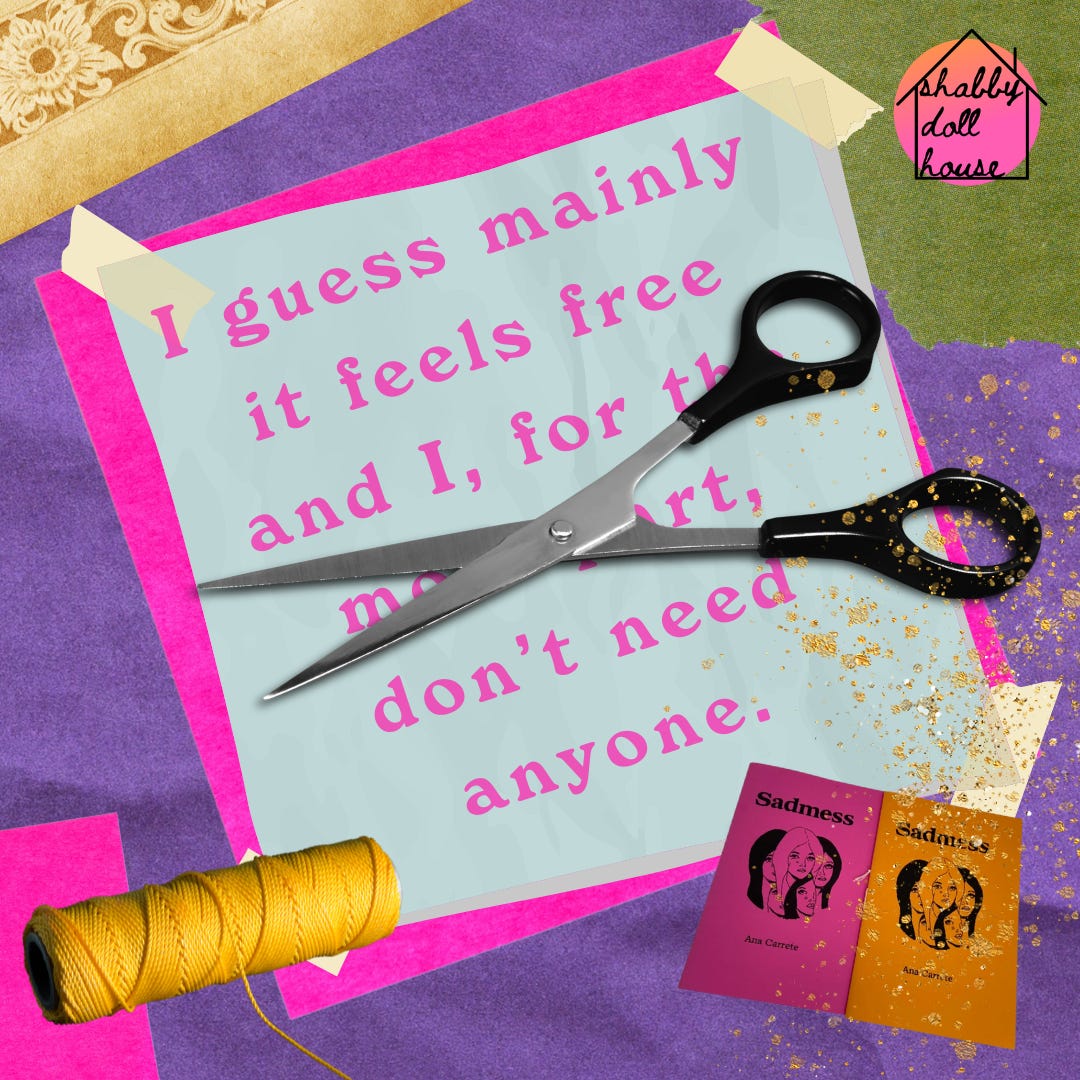
I really enjoyed reading this recent interview with prolific chapbook publisher, Sam Riviere, who runs If A Leaf Falls Press.
And in particular, I loved these recommendations, which I 100% agree with:
Sign up for The Chapbook Factory closes tomorrow. There are a couple of spaces left. If you think spending six weeks writing and thinking about chapbooks with other writers would improve your experience of February and March, then you should come and join us.
Okay, bye <3





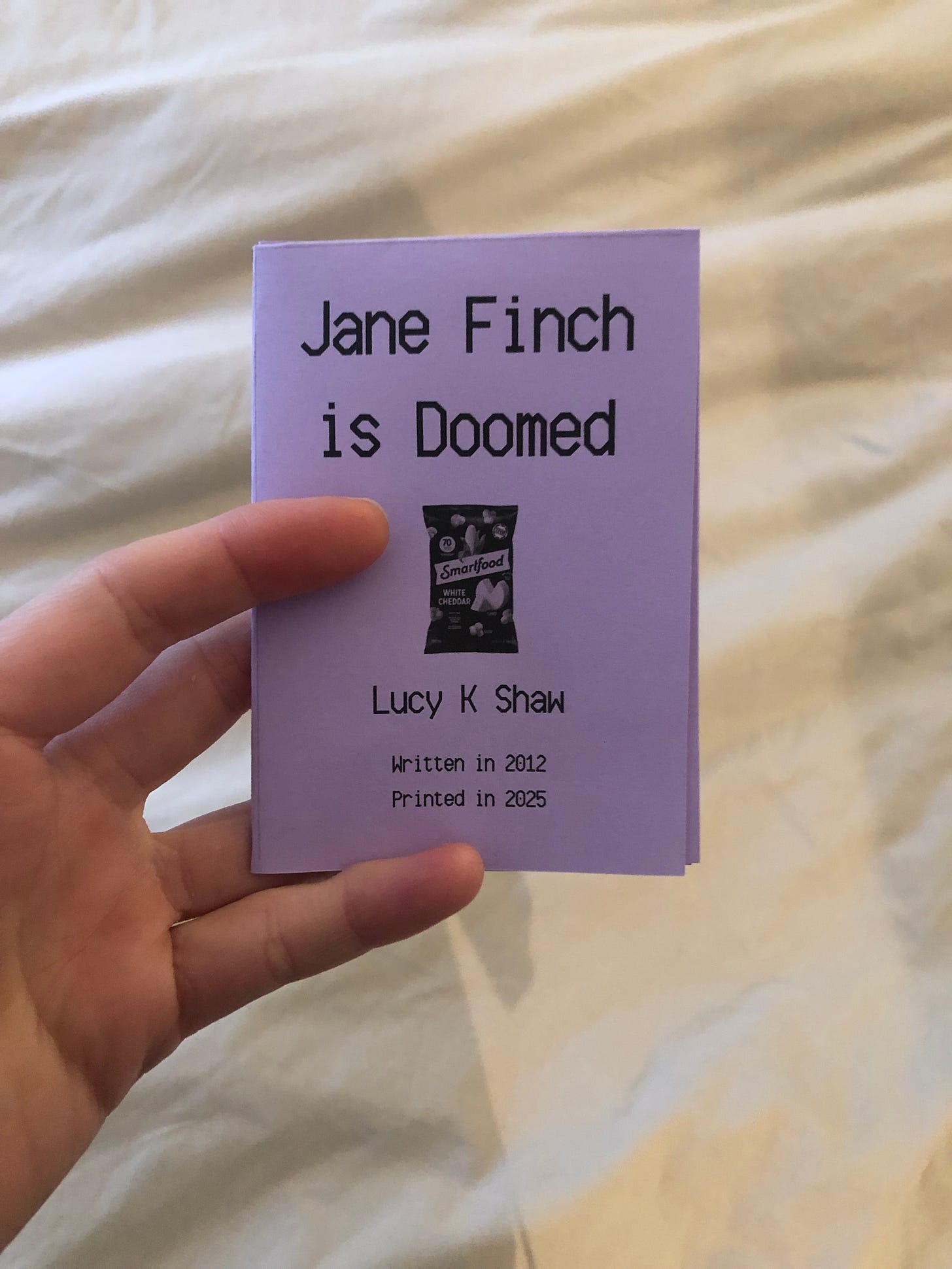
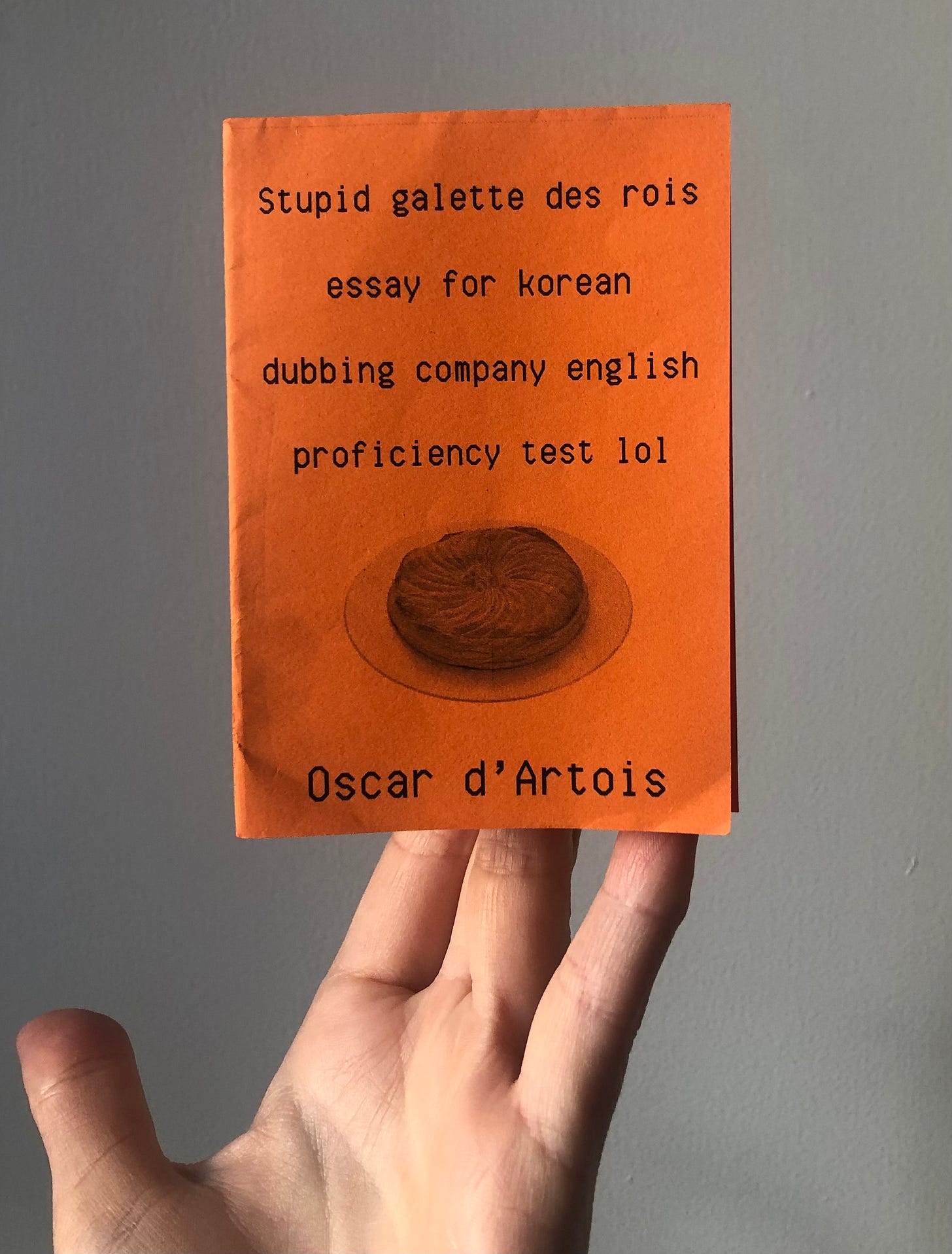
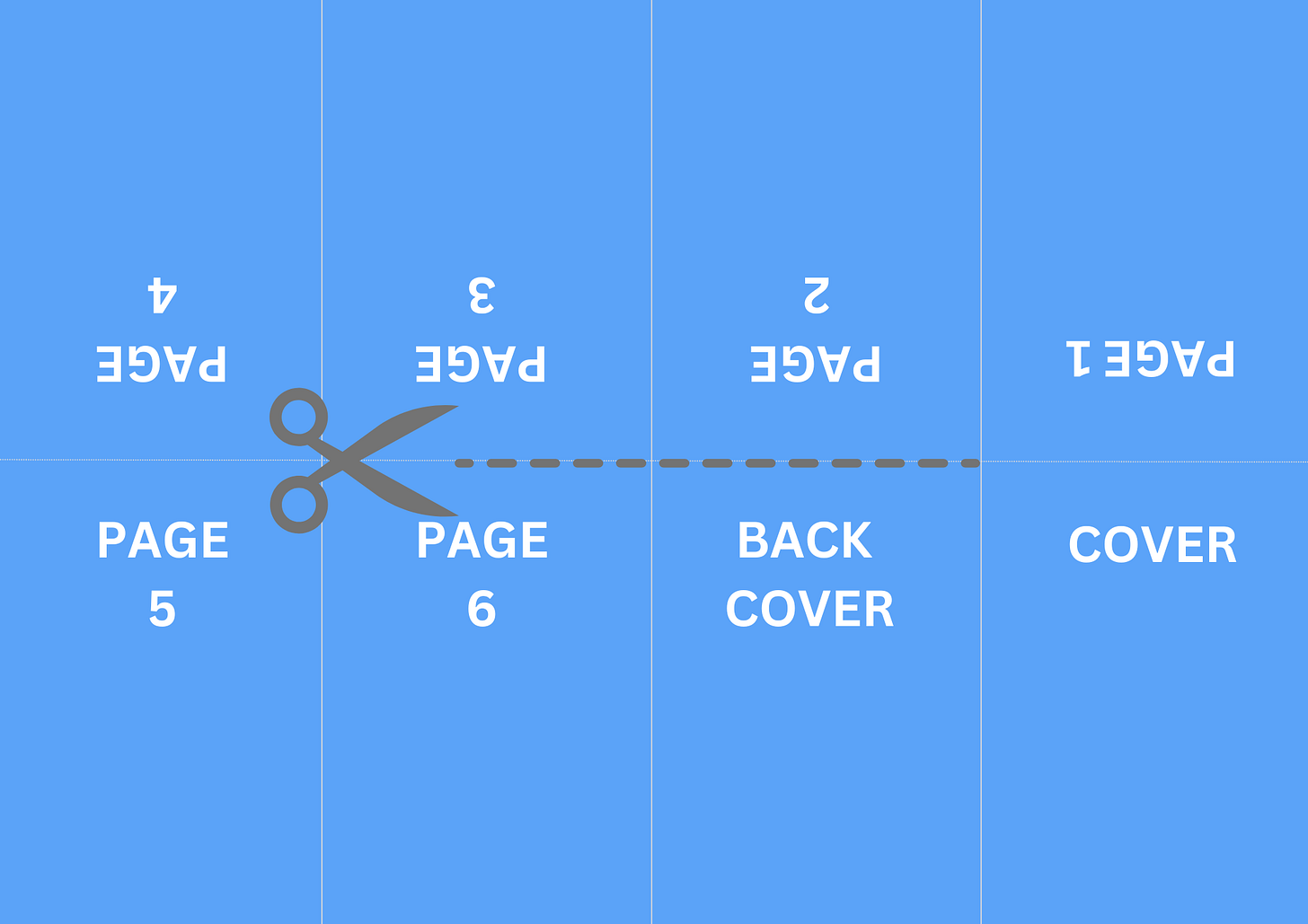
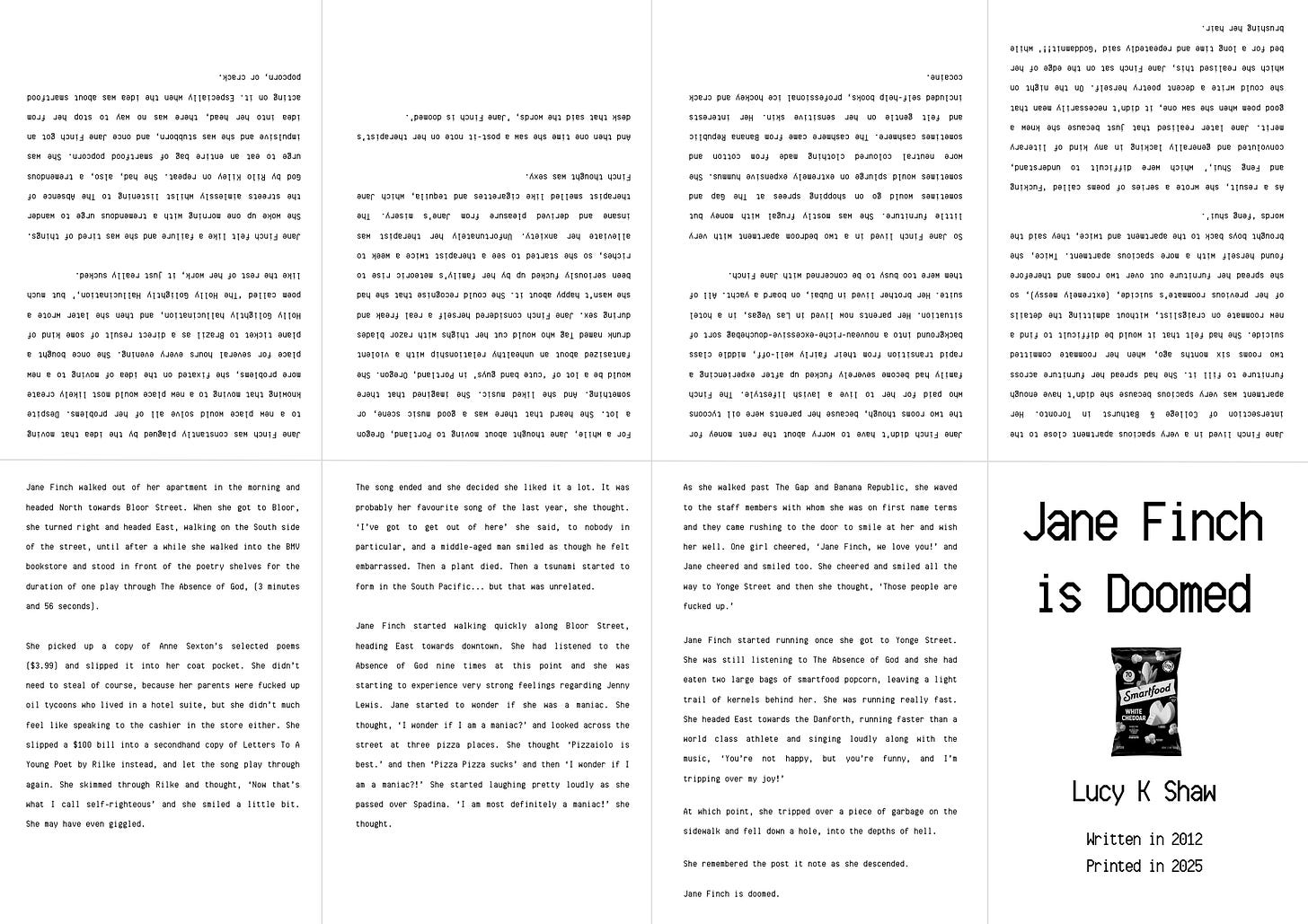
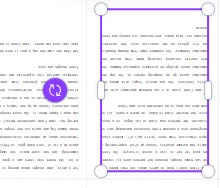
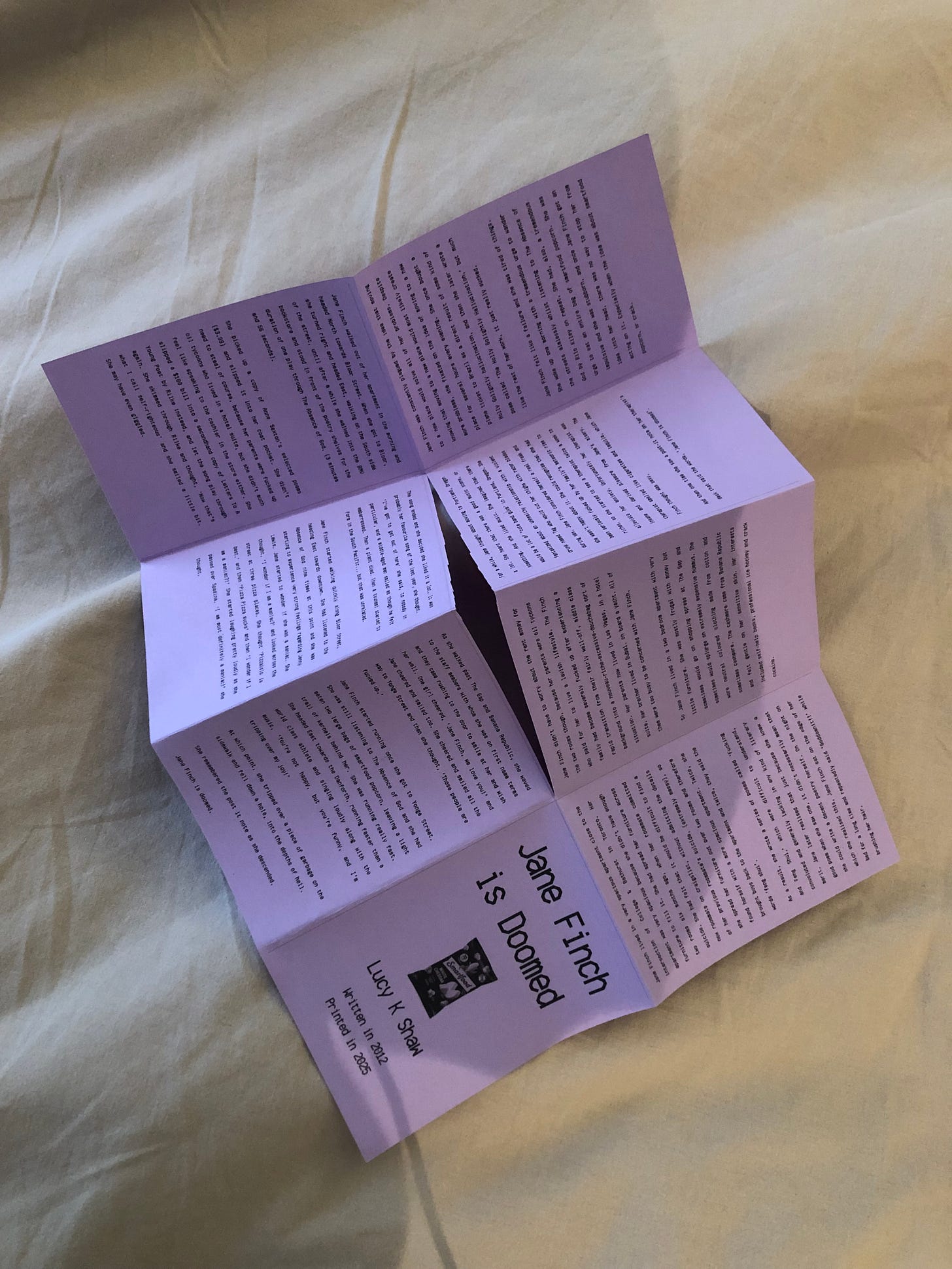
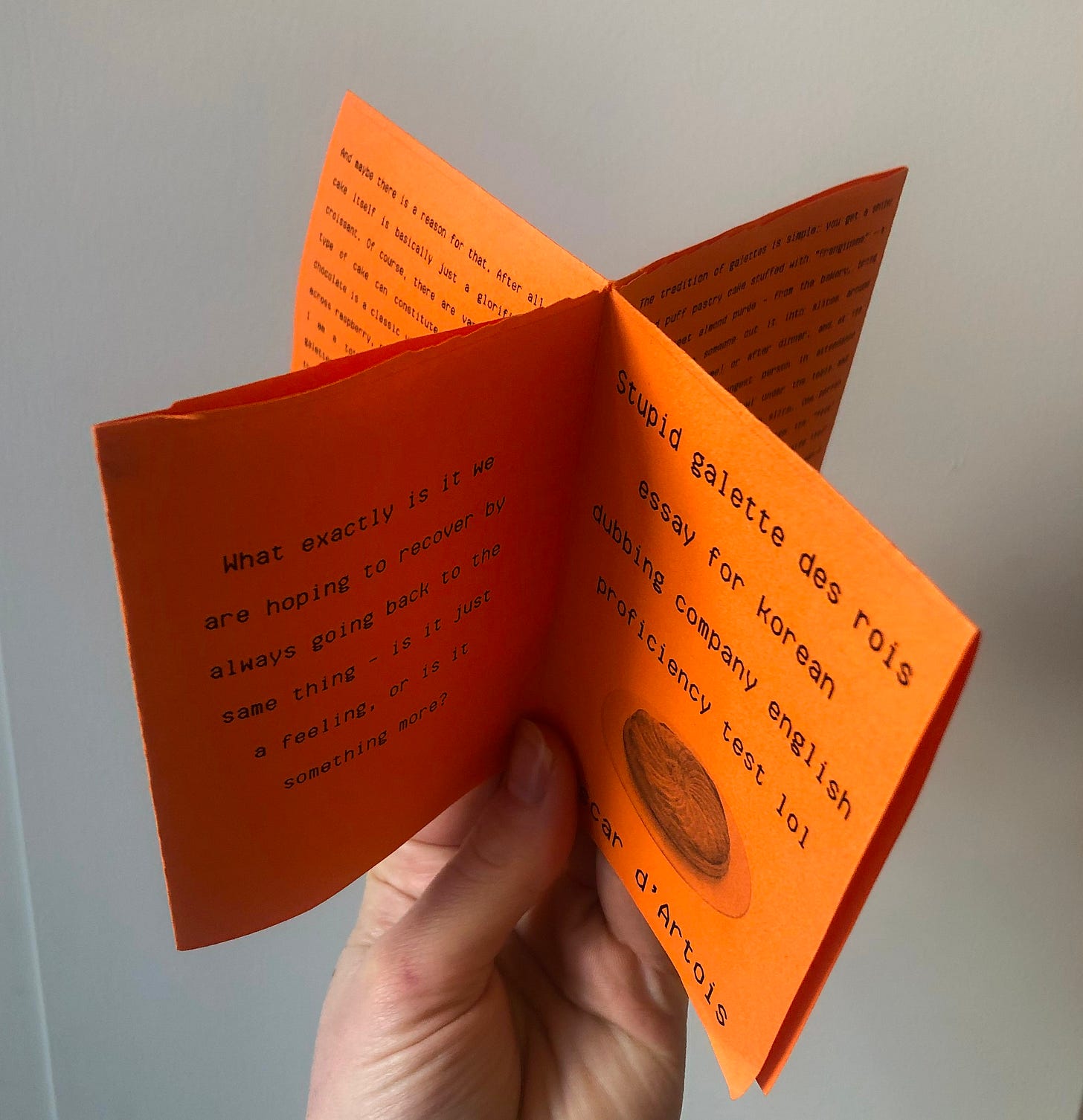
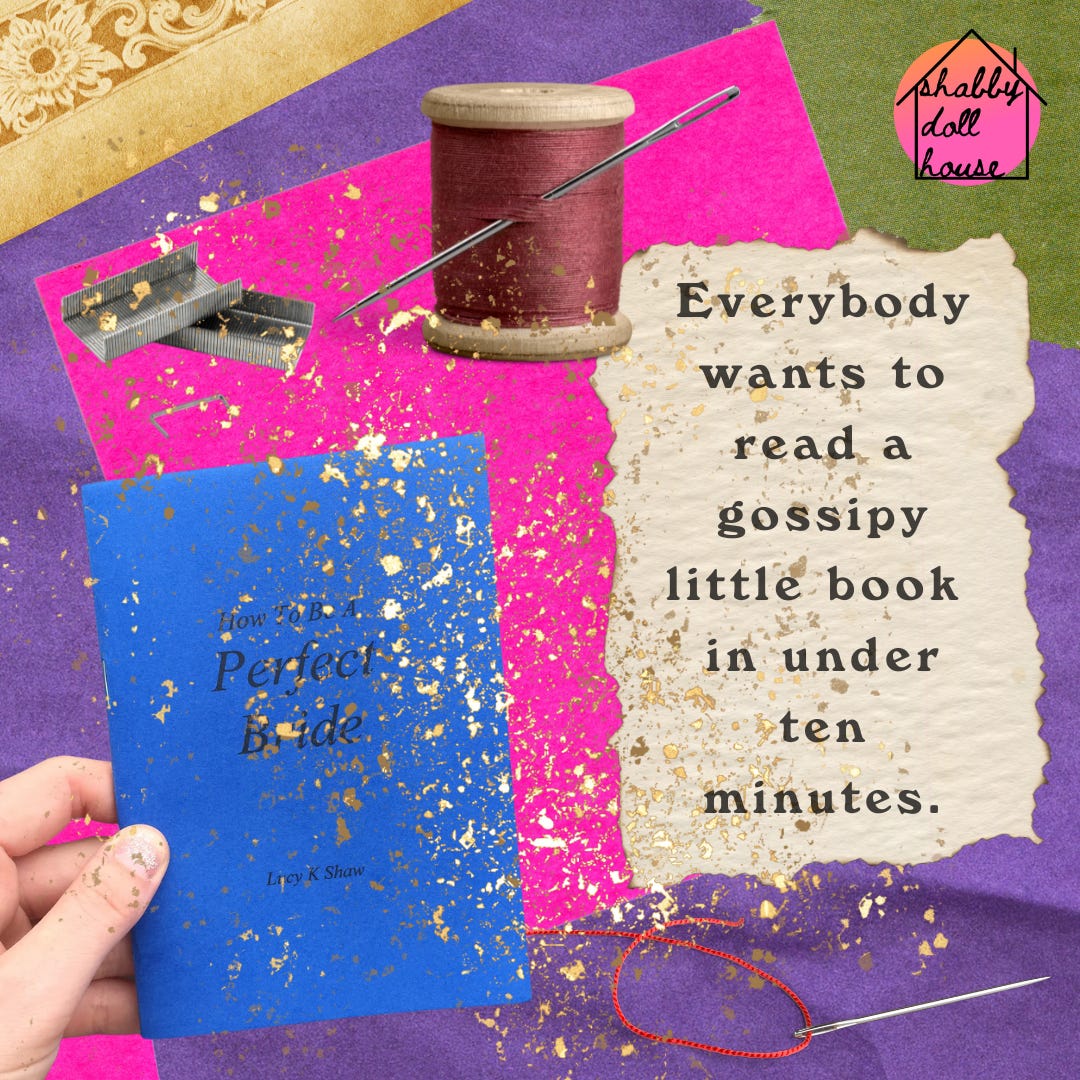
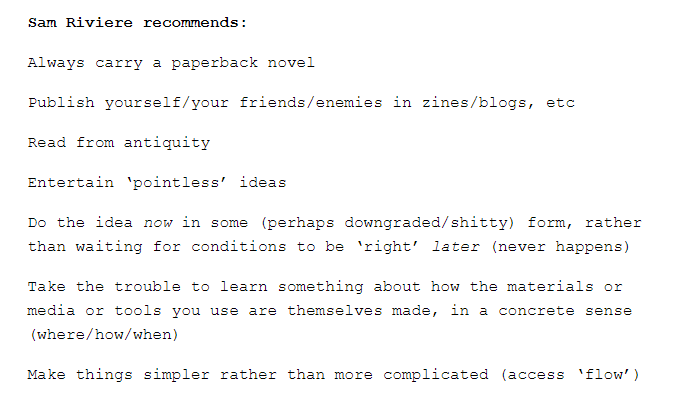

I LOVE this!
I bought this a couple of years back that was a similar, if slightly less elegant take on this idea - https://www.printedmatter.org/catalog/58720/